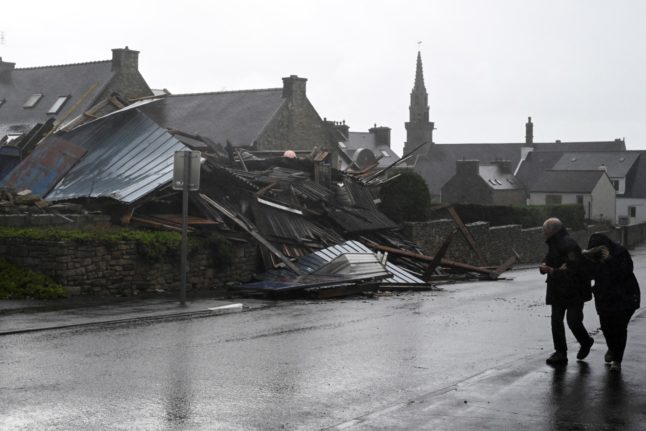Sweden’s housing minister Stefan Attefall on Wednesday told potential students that they should avoid studying in Stockholm to ease pressure on housing in the Swedish capital. He even went as far as to propose cutting the number of student places in the city.
These comments are absurd and threaten the region’s future growth – and with it jobs and public services.
We agree that other municipalities, universities and colleges should do more to kick-start the building of student housing. It is unreasonable for the City of Stockholm to bear the entire burden: all the municipalities of Stockholm County have to make their contribution.
At the last election, we in the Moderate Party promised to build 4,600 new student apartments during the following term. This was a worthy aim, but population growth in the Stockholm area means that this target needs to be revised upwards to at least 30,000 new student homes by 2018.
Suburban municipalities in the Stockholm area also need to take some initiative. The overall housing shortage in Stockholm is a serious threat to growth, but the shortages of student housing could lead more people to choose to study elsewhere, meaning we will lose important talent and future growth.
We often say that ‘Sweden grows when Stockholm grows’. When Stockholm shrinks, you can imagine the consequences.
We now need the YIMBY-coalition to advance. Even in this growing metropolitan area there are plenty of people who think Stockholm is full – and who will use various means to appeal.
According to Stockholm mayor Sten Nordin, the various appeals processes will lead to building projects being delayed by an average of one year. We need to review the right to appeal and speed up decision-making processes. We also need Moderates who dare to fight for the building of new, green residential areas.
As well as making it easier to build, it also needs to be made cheaper to build and live in student housing. The centre-right parties, led by housing minister Stefan Attefall, need to reduce costs by abolishing property tax on student housing and by halving the value added tax (VAT) on construction in general, thus making it cheaper for construction companies to build more housing.
We want the whole of Stockholm to continue to develop, both the city centre and the suburban municipalities, so that people with dreams and ideas can move here.
Stockholm needs to be a region where people’s desire to educate themselves and generate ideas helps create new jobs and better public services.
The problem is not that there are too many students in Stockholm – the problem is that the rising population is not being matched by more housing.
Veronica de Jonge
Chairperson, Moderate Students at the Royal Institute of Technology (KTH)
Edvin Alam
Member of the Moderate Youth (MUF) working group for labour market policy



 Please whitelist us to continue reading.
Please whitelist us to continue reading.
Member comments